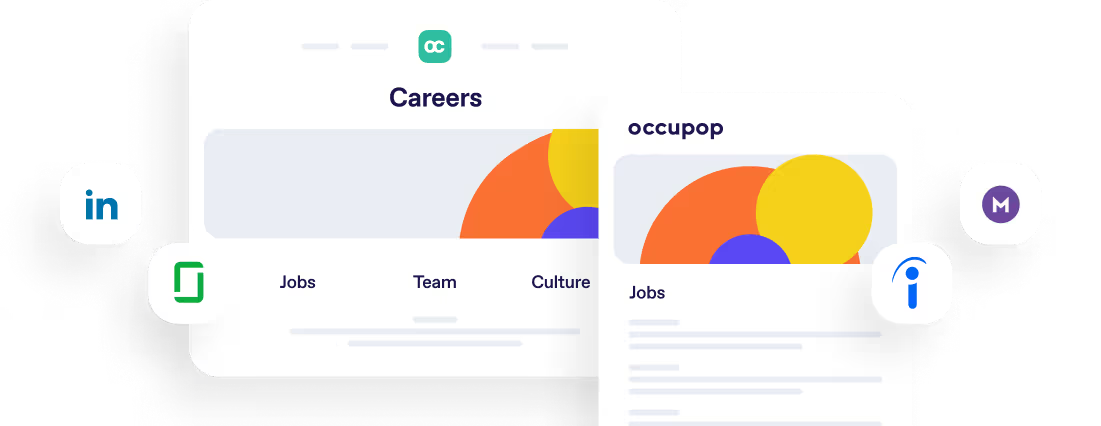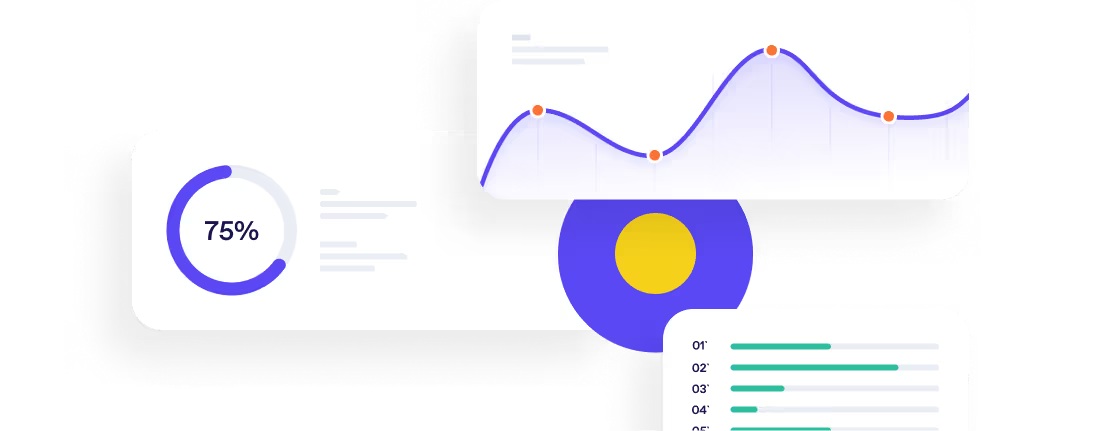Virtual Onboarding - 6 Quick Tips to Help You Create a Successful Remote Onboarding Programme



In fact, great employee onboarding can improve productivity rates by over 70% and retention rates by 82% (Glassdoor). But a whopping 88% of employees feel their company doesn’t provide a good onboarding experience (Gallup).
With a more permanent move to remote working, companies, primarily HR, have the challenge of keeping staff engaged, connected and productive. When it comes to onboarding new employees who start with your organisation during this time, the challenge is even greater. They begin life with your company meeting no colleagues face-to-face and disconnected from your culture, processes, and values that are normally evident in the in-office environment. Therefore, the onboarding process has become more vital than ever to help new hires to feel welcome, engaged and importantly, have a sense of purpose within your company.
Learn from your mistakes - employee surveys
If 88% of employees feel a company isn’t providing a good onboarding experience, ask them why! Gain feedback from current employees on what was lacking in the onboarding process, what can be improved upon and what is important to employees in the onboarding process. This should then be utilised when designing the remote onboarding programme. There is also an opportunity to ask engaged employees to participate in the onboarding process, which we will discuss later on.
Peakon and Survey Monkey are great online tools that make employee surveys simple. They present easy to understand analytics on the results, giving you the opportunity to tailor your remote onboarding experience accordingly.

Pre-boarding
Getting to know new employees can be a challenge irrespective of being remote or not. This challenge is often overcome when you meet the individual face-to-face, have a comprehensive onboarding process and hold team lunches and wider company meetings. When it comes to getting to know employees remotely, pre-boarding is very effective.
Again, surveys are an excellent way to pre-board an employee. Send out new joiners a survey asking them about their hobbies, well-being interests, workplace set-up and their development goals within the company. This will give you a better understanding of the individual and also ensure that they are properly equipped to start working with you.
The added value to having this information is it will allow you to create a bespoke ‘Welcome Pack’ and send the individual the collateral or equipment needed.
INSERT-CTA
Extend the onboarding process
According to HCI, most companies only have 1-week onboarding processes, yet it has been shown that 20% of employee turnover happens in the first 45 days (Lessonly). Therefore, even outside of COVID-19 there was an evident disconnect between what an employee feels is a proper onboarding process and what a company does.
In light of the pandemic, companies should extend the onboarding process extensively to make up for the lack of social interactions and exposure to different areas of the company that is achieved when you are physically present. It is also very important to pay more extensive time and attention to helping the new employee understand your company values, purpose and goals, giving them a better sense of your culture and engagement.
Outside of necessary job training, invite new employees to both professional and social meetings with different teams, introduce each department leaders and holder wider company meetings.
Digitise
The average onboarding process has 54 activities involved (SaplingHR). These activities include document signing, security card creation and marketplace research, to name a few. Investing in technology can greatly improve this process and in regards to remote working, it is absolutely essential.
Digitising the paper-based aspects of onboarding is now easy with HR software like Advanced Systems. All documents, records and forms can be signed and uploaded to one portal, ensuring that all formalities are met. This creates a more positive experience for the employee but also ensures that HR teams stay compliant.
When education employees on company culture, well-being programmes and employee experience, video is a very worthwhile investment. Short videos are engaging and give new employees insight into you as a company in a more personal format.
Gamification of tasks and training also creates a more engaging and interactive environment when carrying out sometimes arduous onboarding tasks. It also has the added benefit of giving you a clear understanding of how they are performing when results and reports are easily available on performance.
Finally, move resources online and ensure that new employees are aware of these resources. Starting a new job can be overwhelming generally, but even more so when you have no one around you to ask questions. Having a centralised hub with company information will help employees with any queries they may have.

Have a buddy system
A study published in the Academy of Management Journal found that high levels of support from leaders and team members during the first several days resulted in new hires working harder and being more positive about their job, while low levels of support led to unproductive employees who didn’t stay with the company longer than four months.
This is where your previously mentioned engaged employees act as excellent ambassadors and support for new employees. Implement a virtual mentorship programme in which you pair them up with these engaged employees. This will provide your new hire with an experienced person to learn from and turn to with questions.
Conduct stay interviews
Why wait for an employee to leave to find out why they were unhappy? Stay interviews are informal check-ins between employees and managers to ensure an employee feels they are happy within the role and the company is providing them with necessary supports, rectifying if not.
A stay interview directly after the remote onboarding experience will allow you to identify how prepared an employee feels and the process overall. It is an extremely effective way to ensure the onboarding process is achieving what is necessary and allows you to iterate the process on an ongoing basis, creating a more positive and successful experience, resulting in more engaged employees. Watch our video on this topic with HR Consultant, Fiona Donnelly, here.
INSERT-LINE
What is Occupop?
Occupop is a powerful hiring tool that connects people, creating strong teams and builds long-lasting relationships. Our dynamic features puts the power in your hands, allowing you to easily engage with the best candidates and manage the entire process on one smart recruitment solution. Check out how it works here.
Summary Points
With remote working, the onboarding process has become more vital than ever to help new hires to feel welcome, engaged and importantly, have a sense of purpose within your company without physically being present. Here are 6 ways a company can virtually onboard employees effectively:
- Carry out employee surveys to understand what is working and what needs to be improved in the current onboarding process.
- Pre-board employees by asking them about the hobbies and interests, sending them a bespoke welcome pack when you know the answer to these questions.
- Most onboarding process are only one week which is not effective, even outside of remote working. Extend the onboarding process to make up for the lack of information and inclusion an employee would feel from being physically present in the office.
- Digitise all aspects of the onboarding process to ensure nothing is missed and the process is as interactive as possible. Form filling, video, gamification and an online resource hub will help keep the new employee engaged and keep the formalities in check.
- High levels of support from leaders and team members during the first several days has been found to result in new hires working harder and being more positive about their job, therefore, create a 'buddy system', creating a virtual mentorship programme.
- Carrying out stay interviews directly after the onboarding process allow you to check-in with employees and ensure they are happy but all review if the onboarding process is working effectively, adapting this process if not.
Simple. Beautiful.
Recruitment Software.
HR updates sent straight to your inbox
You might also like...


Manage your entire hiring process simply, from engagement to management, hiring and onboarding







Simple. Beautiful.
Recruitment Software.
Recruitment Software.






